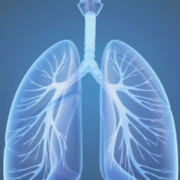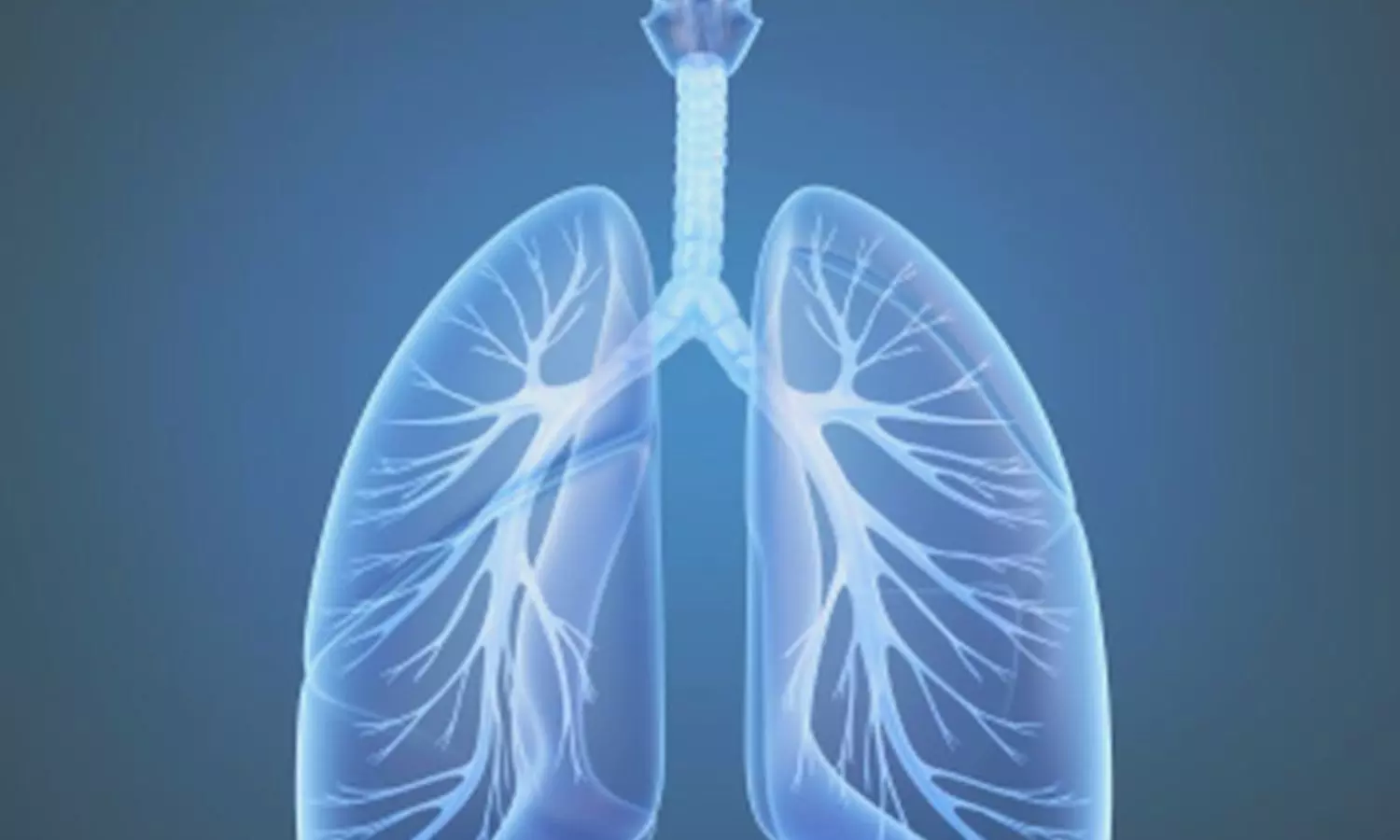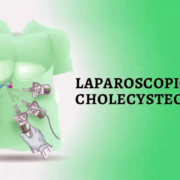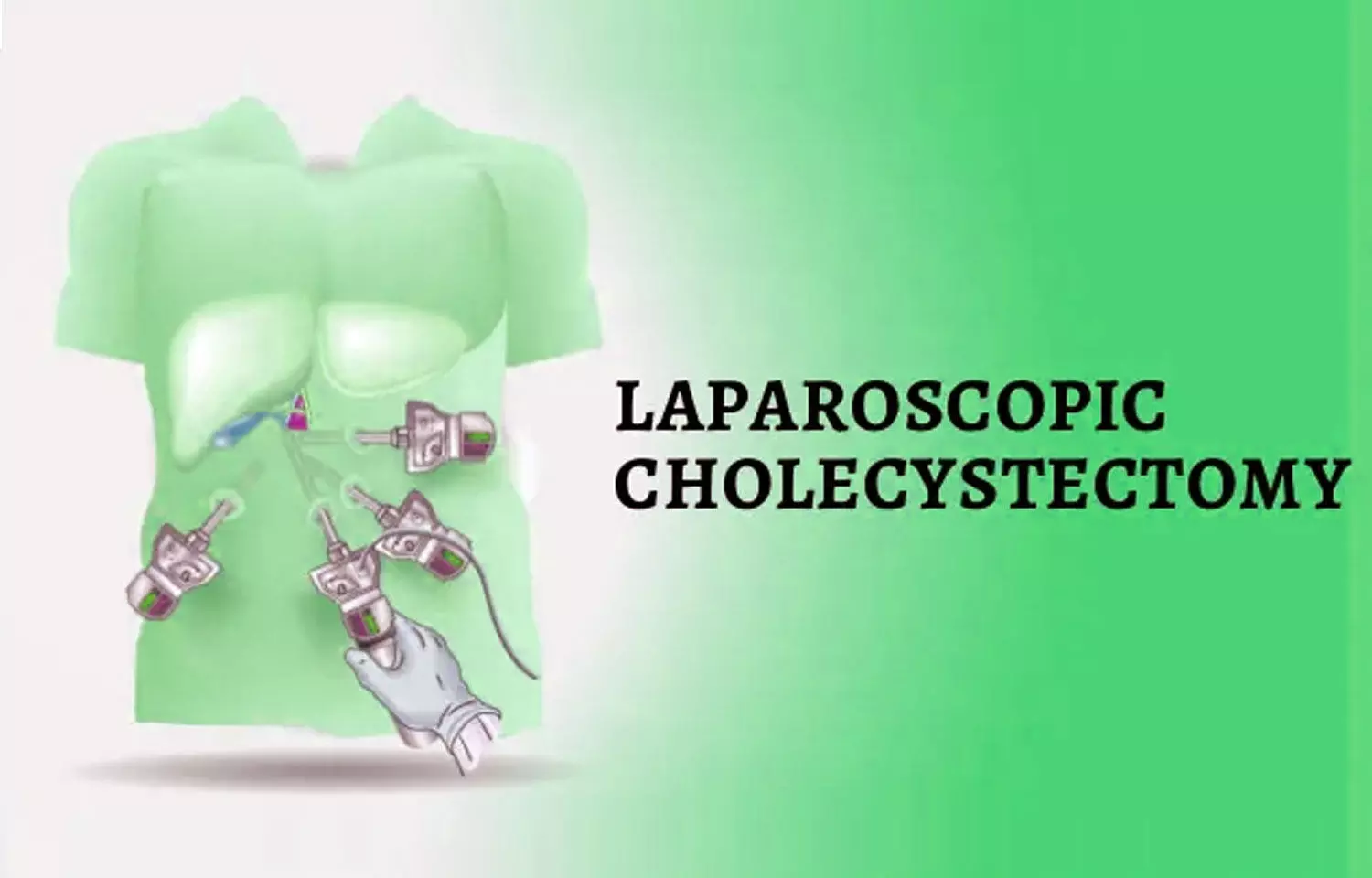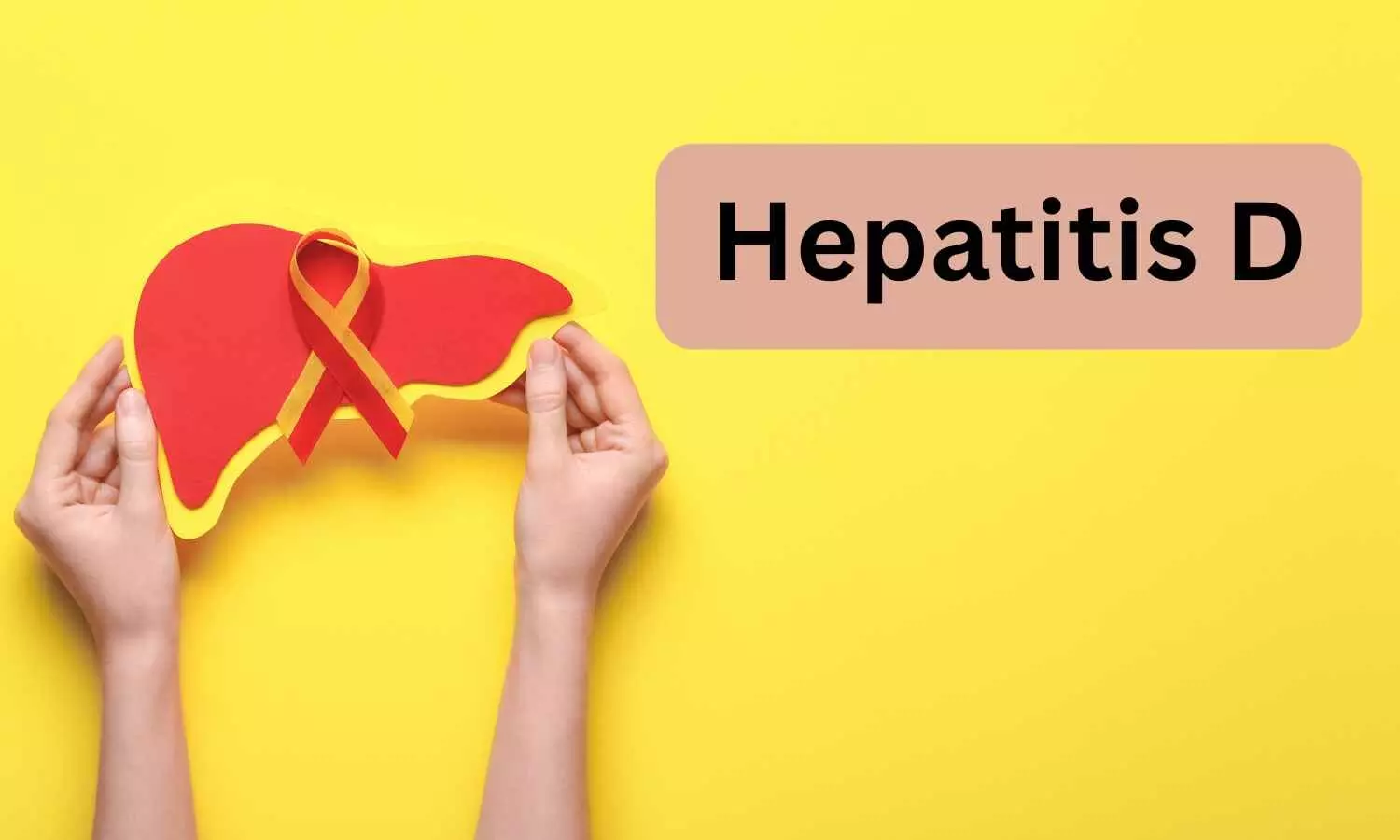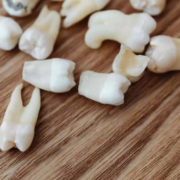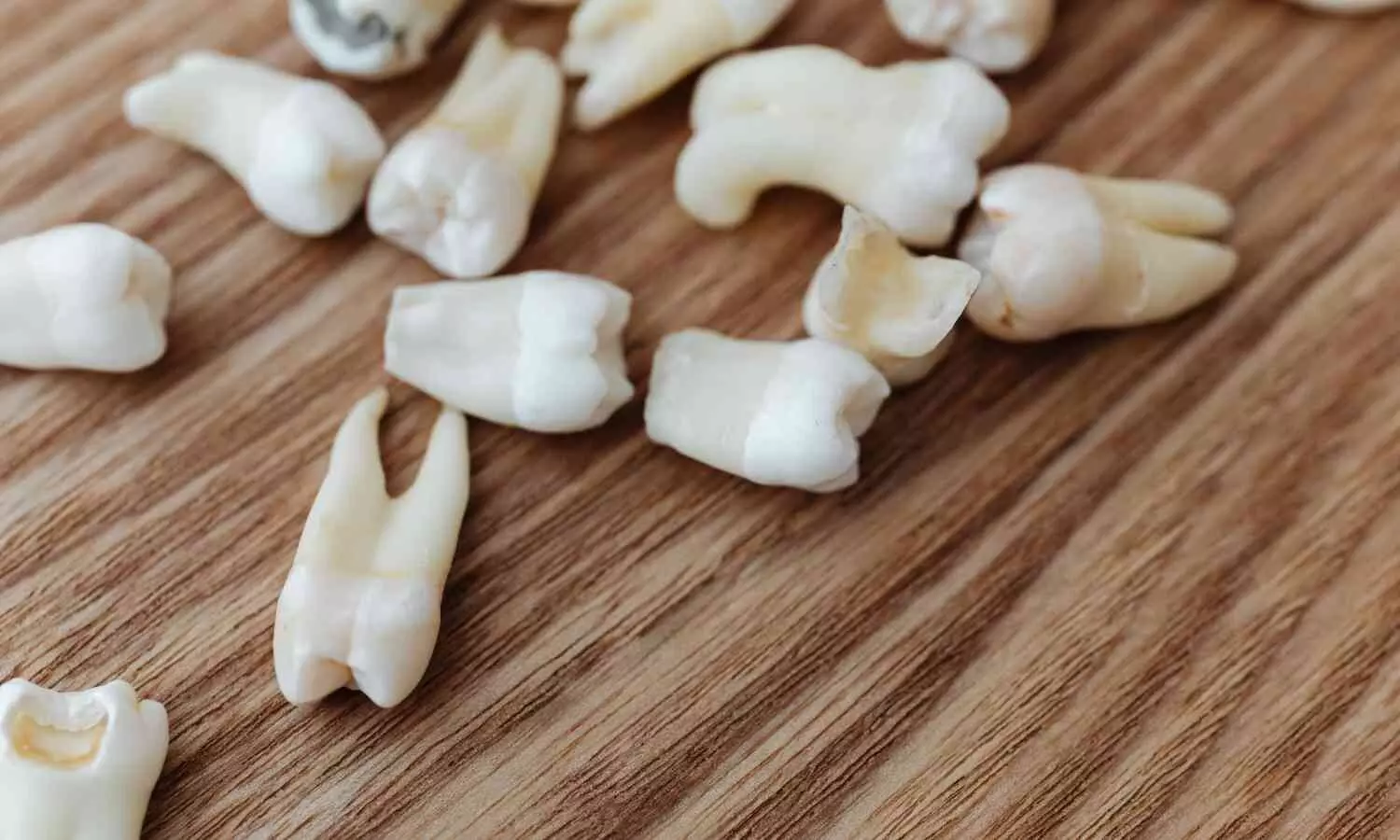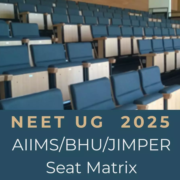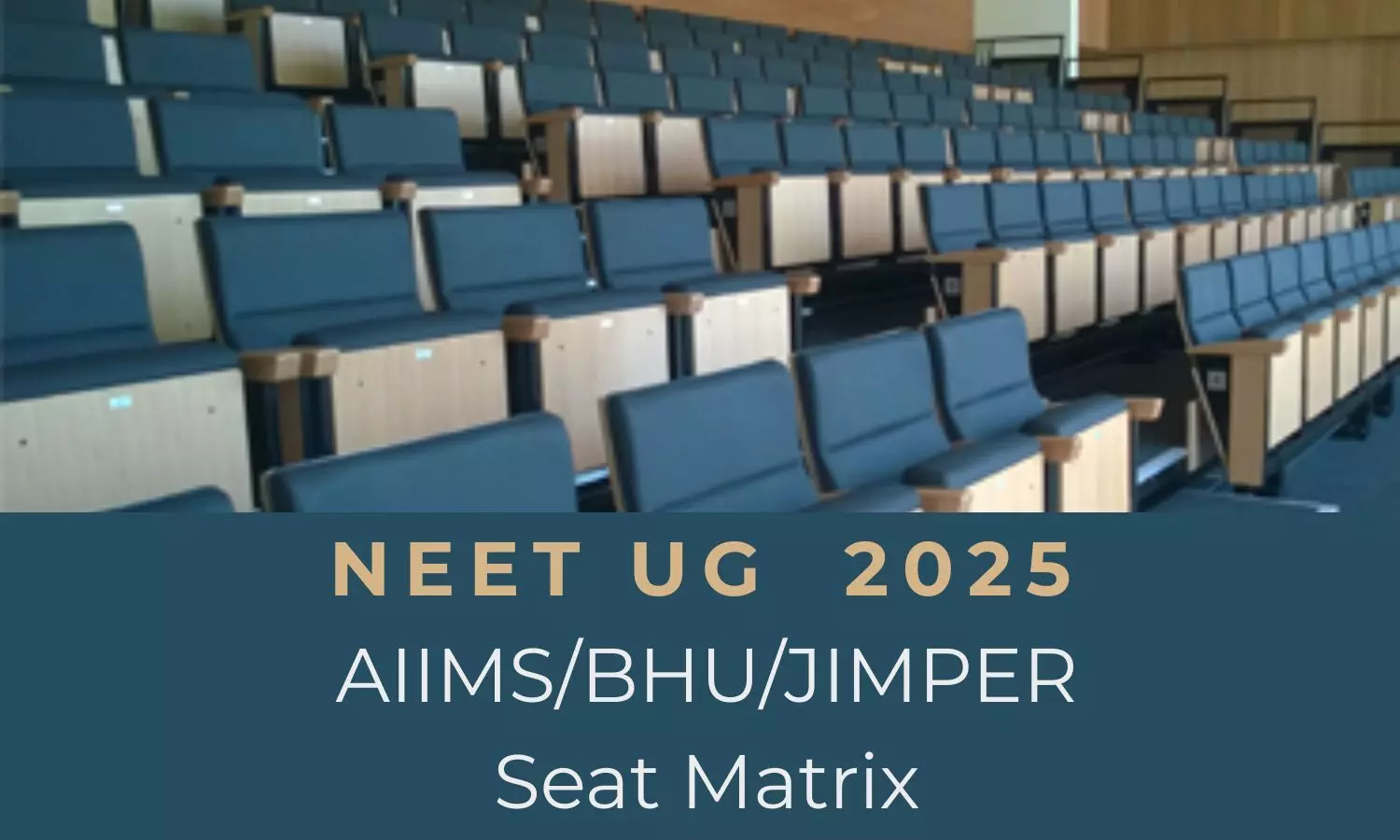What are Key Predictors and Management Factors for Orthokeratology Effectiveness in Myopic Children? Study Finds Out

China: A new study published in BMC Ophthalmology has identified key factors influencing the success of orthokeratology (Ortho-K) in slowing axial elongation among children with myopia. Researchers found that age, spherical equivalent refraction (SER), and parental high myopia significantly affect treatment outcomes. Additionally, maintaining proper lens decentration without visual disturbances and adhering to regular follow-ups were shown to enhance the efficacy of myopia control.
The retrospective analysis, conducted by Kai Wang and colleagues at the Institute of Medical Technology, Peking University Health Science Center, Beijing, reviewed 542 eyes from 300 myopic children fitted with Ortho-K lenses between January 2022 and December 2023. They evaluated Baseline ocular measurements, such as corneal parameters, anterior chamber depth, pupil size, and treatment zone characteristics. Researchers also incorporated genetic factors, parental myopia status, and lifestyle habits—including near-work duration, outdoor activity, diet, and follow-up compliance—collected through detailed questionnaires.
The findings revealed the following:
- Children who started orthokeratology treatment at a younger age showed greater axial length elongation (ALE).
- Patients with less baseline myopia experienced faster ALE progression.
- High myopia in both parents was associated with increased ALE.
- Larger treatment zone decentration, when without visual disturbances or complications, was linked to slower axial elongation.
- Regular and consistent follow-up examinations were crucial for better control of myopia progression.
Researchers emphasized that the study’s strength lies in its comprehensive approach, integrating a wide range of ocular, genetic, and behavioral factors in a relatively large cohort. This holistic evaluation highlights the importance of combining precise clinical assessments with parental involvement and lifestyle management to optimize myopia control strategies.
Despite its robust design, the study acknowledged several limitations. Being retrospective, it relied partly on parental recall for lifestyle factors, which may have introduced memory bias. Approximately 10% of cases were excluded due to incomplete data or low-quality questionnaires, and the absence of a prospective design limits causal inference. Additionally, the complex etiology of myopia, influenced by environmental and behavioral factors, suggests that further research with prospective, multi-time-point data collection is necessary to validate these findings.
The authors concluded that understanding these predictive factors can help clinicians better tailor Ortho-K treatment plans. “Younger children, those with lower baseline myopia, and with both parents highly myopic require closer monitoring and possibly additional interventions to maximize treatment effectiveness,” they noted. Encouraging regular follow-ups and educating families on healthy visual habits were highlighted as essential steps to enhance myopia management and reduce trial-and-error in clinical practice.
By integrating personalized lens fitting, maintaining optimal decentration, and addressing genetic and lifestyle influences, the study suggests that orthokeratology can be a powerful tool in combating progressive myopia and its associated long-term visual complications in children.
Reference:
Deng, Y., Li, X., Zhao, M. et al. Critical factors to predict efficacy of orthokeratology in inhibiting axial elongation in myopic children. BMC Ophthalmol 25, 433 (2025). https://doi.org/10.1186/s12886-025-04265-8
Powered by WPeMatico










